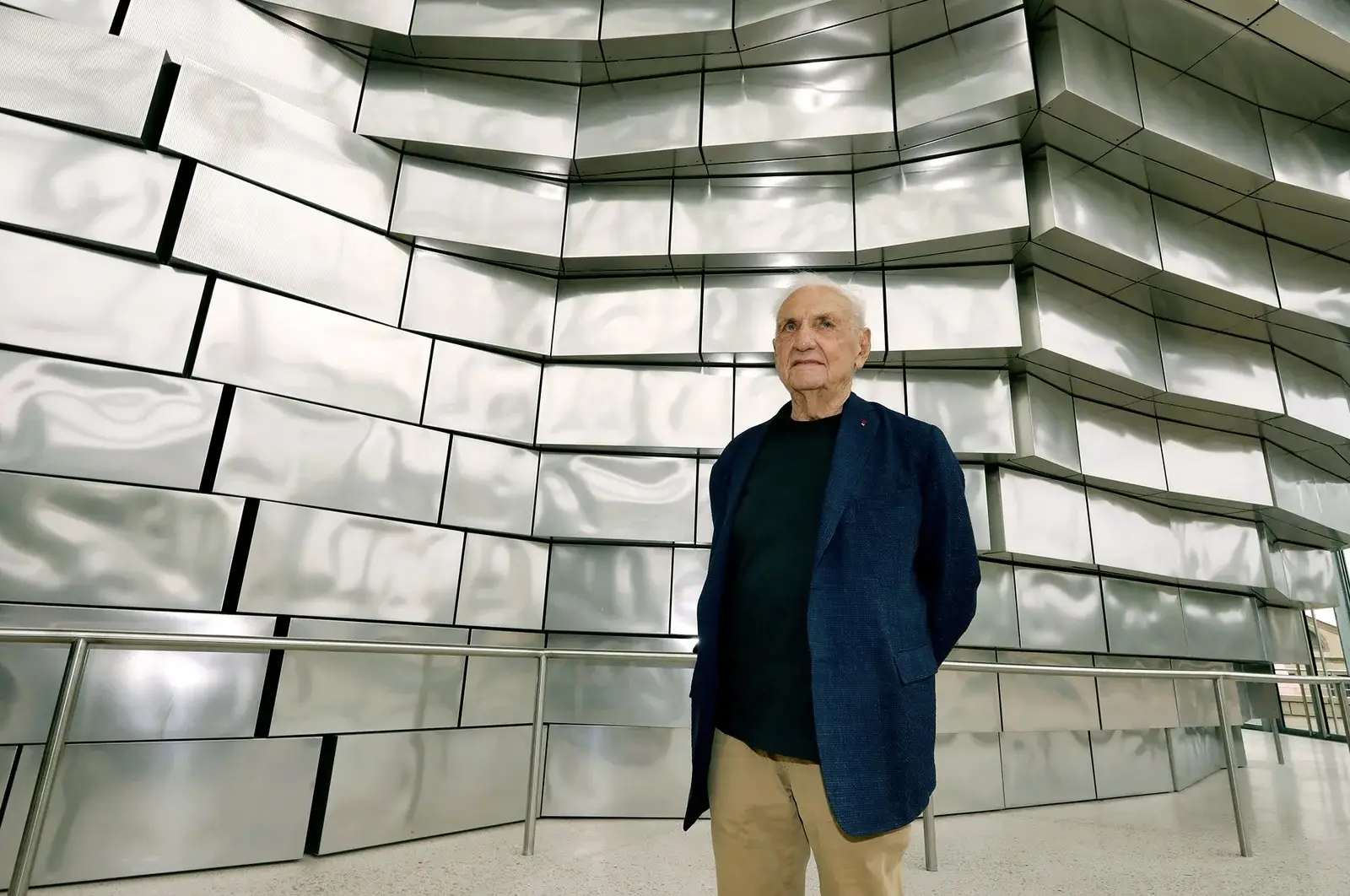
Space these days is at a premium and especially so in an apartment. However, choosing to live in an apartment is no reason to live any less spaciously. Using art effectively not only makes the apartment feel like your own, but also creates the illusion of warmth and space.
The most important aspects to consider before choosing art are:
- This has to be a piece that you love – remember that you will be seeing this piece almost every day – does it create the right emotions?
- What do you want the piece to do? - do you need to add (a) colour to a room, do you need to add depth to a room, do you want to make the room appear larger, do you want to make the room appear brighter? Understanding and answering these questions will help make sure you make the right choice.
- How much space do you have? The size of the piece could make a huge difference- a very large singular colour painting may not be as effective as a small one in a key location
A combination of these three aspects helps you understand the space you have, the art you are in need of and how best to use it for your purposes- let’s explore each one individually.
Emotion:
This is extremely personal. Some people like images of people; some prefer photographs of symbolising key moments, some prefer classical art such as Monet, whilst some choose a more abstract basis. Identify what appeals to you, in the end if you like the image or concept, then it can always work. Some ideas we have seen being used effectively are:
- Nostalgic imagery – a family warmer, ie a holiday house location
- Portraiture of people
- Reproductions
- Abstracts
Illusion:
Each room warrants a different feeling- some rooms feel damp on entering and you want to create a feeling of warmth, some seem dingy and you want to make them bright, some feel cramped and you want to make them seem more spacious. Some tips below:
- To create an illusion of warmth- you could have images symbolic of heat by using colours such as yellow and orange to portray that message.
- To create more depth to a room, use an image of a long path, a bridge or a spiral abstract that seems to draw you in and create the sense of being sucked in – pieces that have a third dimension often help as well.
- Simulating a spatial feel - images of clouds, open spaces, or imagery that feel as if you are looking out of a bay window, bright colours, light colours all help in creating this sense.
- To emulate height, use thin and tall images of trees, horizons, and images that make you feel small to evoke that depth.
Size:
In a small room, a big image could make the room feel even smaller by taking up a huge amount of space. Unlike a bathroom, where larger tiles make a room feel larger, living rooms and bedrooms require the opposite method. In a big room, too small an image would be insignificant. Depending on the amount of size and the sense you want to create, we recommend the width to be that of the smallest couch in the room at the very least.


